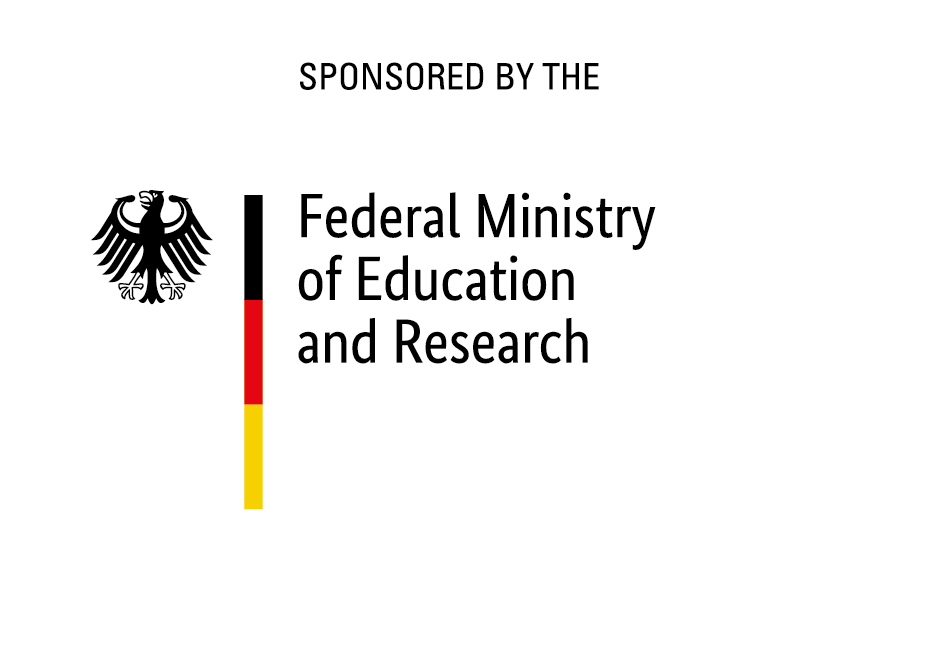MICRO-FATE
Characterizing the fate and effects of microplastic particles between hotspots and remote regions in the Pacific Ocean
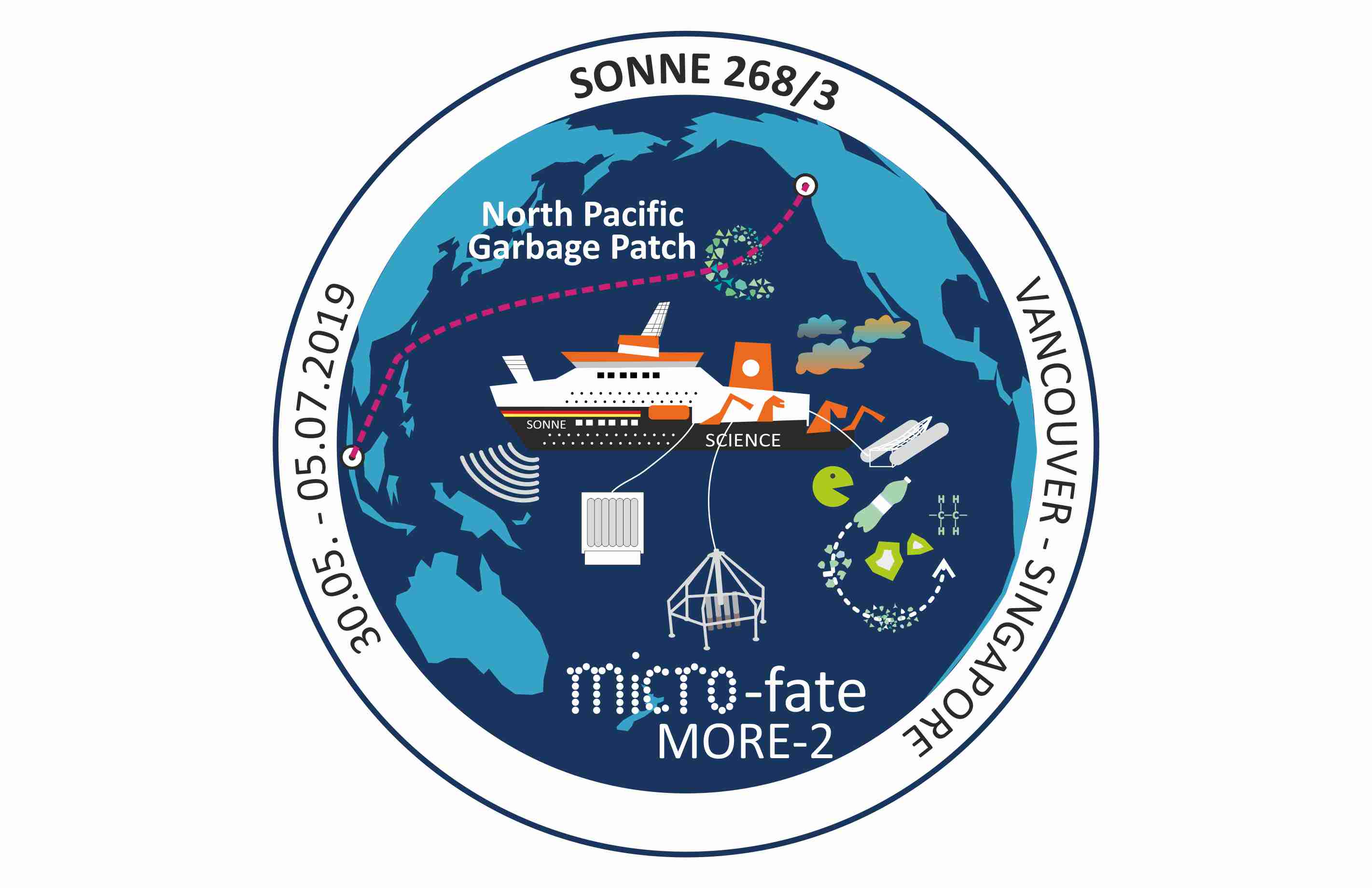
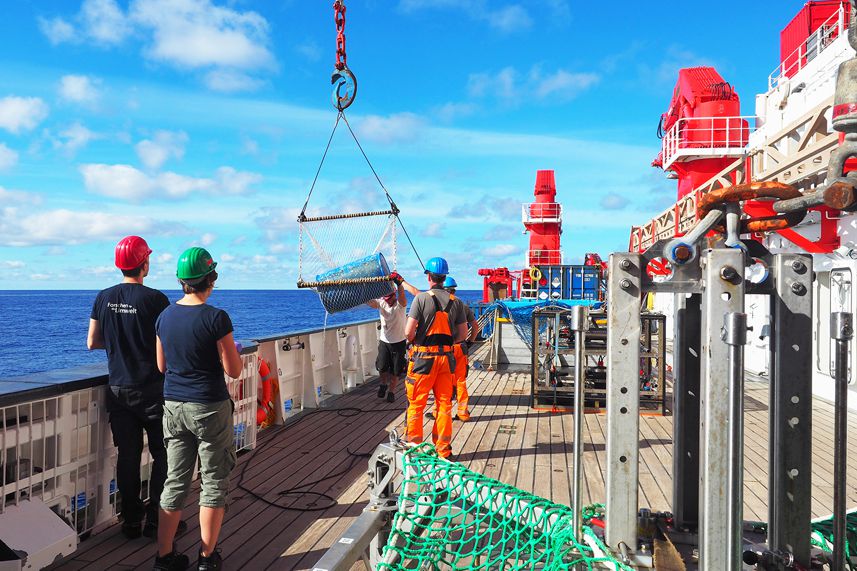
Related publications
[1] H.P.H. Arp, D. Kühnel, C. Rummel, M. MacLeod, A. Potthoff, S. Reichelt, E. Rojo-Nieto, M. Schmitt-Jansen, J. Sonnenberg, E. Toorman, A. Jahnke: Weathering Plastics as a Planetary Boundary Threat: Exposure, Fate, and Hazards. Environ. Sci. Technol. 2021, 55, 7246. doi.org/10.1021/acs.est.1c01512
[2] M. MacLeod, H.P.H. Arp, M.B. Tekman, A. Jahnke: The global threat from plastic pollution. Science 2021, 373, 61. doi.org/10.1126/science.abg5433
[3] C.D. Rummel, O.J. Lechtenfeld, R. Callies, A. Benke, P. Herzsprung, R. Rynek, S. Wagner, A. Potthoff, A. Jahnke, M. Schmitt-Jansen: Conditioning Film and Early Biofilm Succession on Plastic Surfaces. Environ. Sci. Technol. 2021, 55, 11006. https://doi.org/10.1021/acs.est.0c07875
[4] C.D. Rummel, H. Schäfer, A. Jahnke, H.P.H. Arp, M. Schmitt-Jansen: Effects of Leachates from UV-Weathered Microplastic on the Microalgae Scenedesmus vacuolatus. Anal. Bioanal. Chem. 2022, 414, 1469. https://doi.org/10.1007/s00216-021-03798-3
[5] A. Benke, J. Sonnenberg, K. Oelschlägel, M. Schneider, M. Lux, A. Potthoff: Wettability after Artificial and Natural Weathering of Polyethylene Terephthalate. Environments 2022, 9, 134. https://doi.org/10.3390/environments9110134
[6] R. Rynek, M.B. Tekman, C.D. Rummel, M. Bergmann, S. Wagner, A. Jahnke, T. Reemtsma: Hotspots of Floating Plastic Particles across the North Pacific Ocean. Environ. Sci. Technol. 2024, 58, 4302. https://doi.org/10.1021/acs.est.3c05039
Travel blog
https://blogs.helmholtz.de/on-tour/category/micro-fate
mdr Wissen Podcast Meine Challenge
(in German, March 11, 2022)
NDR Info Podcast Synapsen
(in German, January 26, 2024)
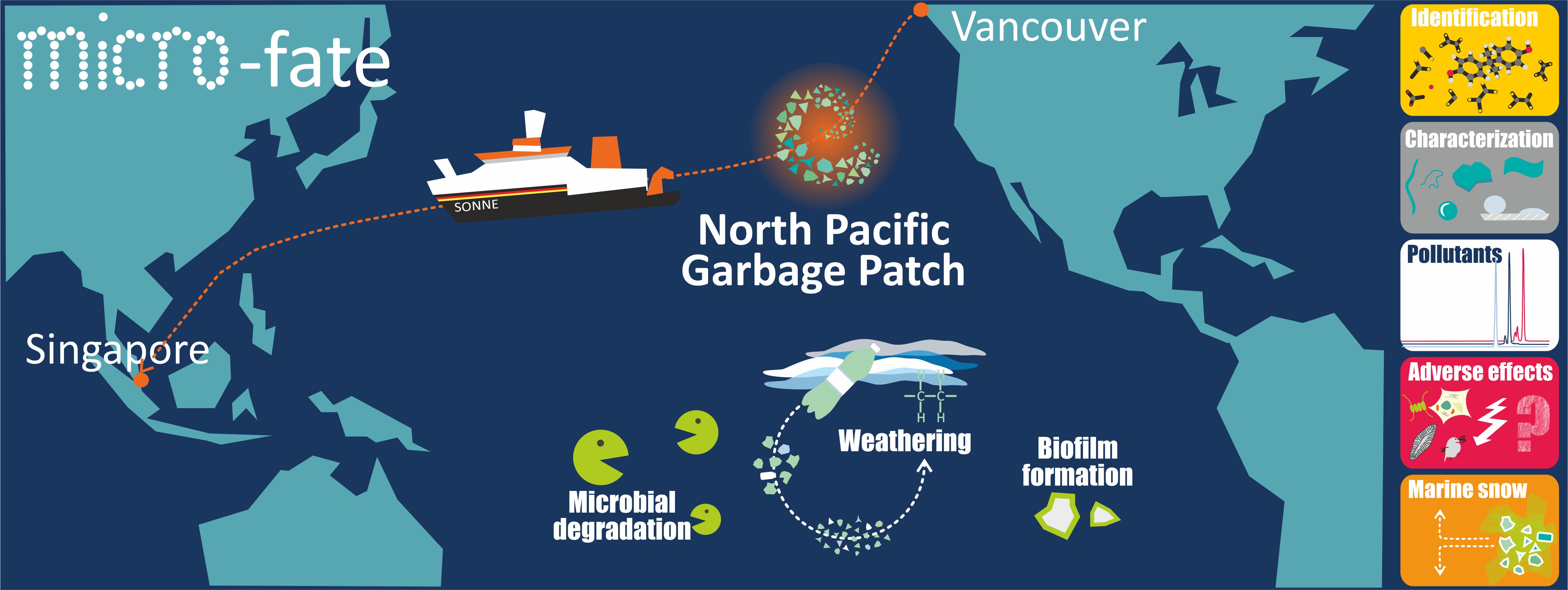
The BMBF-funded project MICRO-FATE used research expedition SO268/3 of the German research vessel SONNE crossing the North Pacific Ocean to characterize the fate and effects of field-aged plastic particles. Specifically, we address the identification and characterization of plastic particles at the sea surface, in the water column and in the seabed, their weathering and fragmentation, sorption and leaching of chemicals to/from plastic material, as well as biofilm growth on the particle surface and their incorporation into aggregates which could increase their removal from the sea surface. Our goal is to provide a major contribution to the current understanding of the transport and fate of plastic pollution at hotspots (the Great Pacific Garbage Patch) and in background regions of the marine environment.
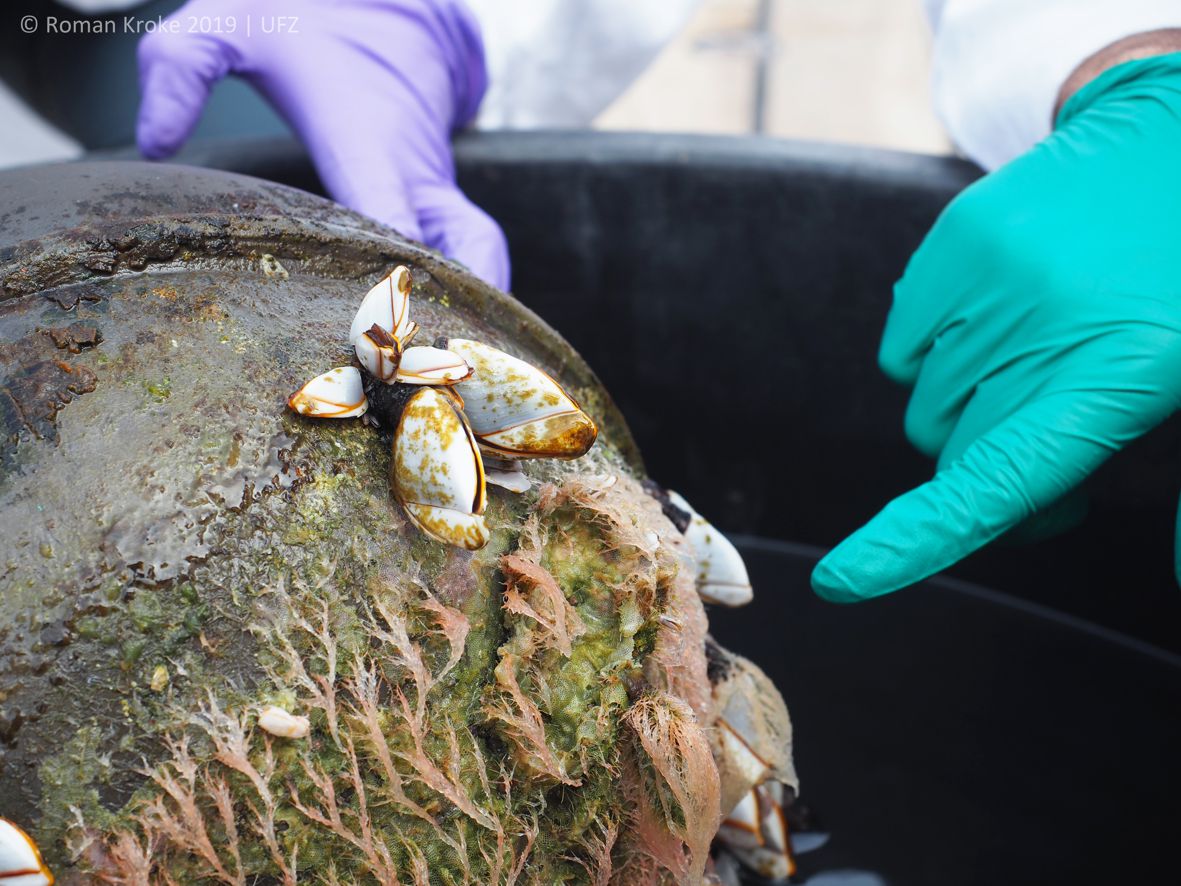
Project coordinator: Annika Jahnke (annika.jahnke[at]ufz.de)
Participating UFZ Departments: OEC, ANA, BIOTOX, SEEFO
Project partners
Fraunhofer IKTS (annegret.potthoff[at]ikts.fraunhofer.de)
Leibniz-Institute for Baltic Sea Research Warnemünde IOW (sonja.oberbeckmann[at]io-warnemuende.de)
_Gritta_Veit-Köhler.jpg)
